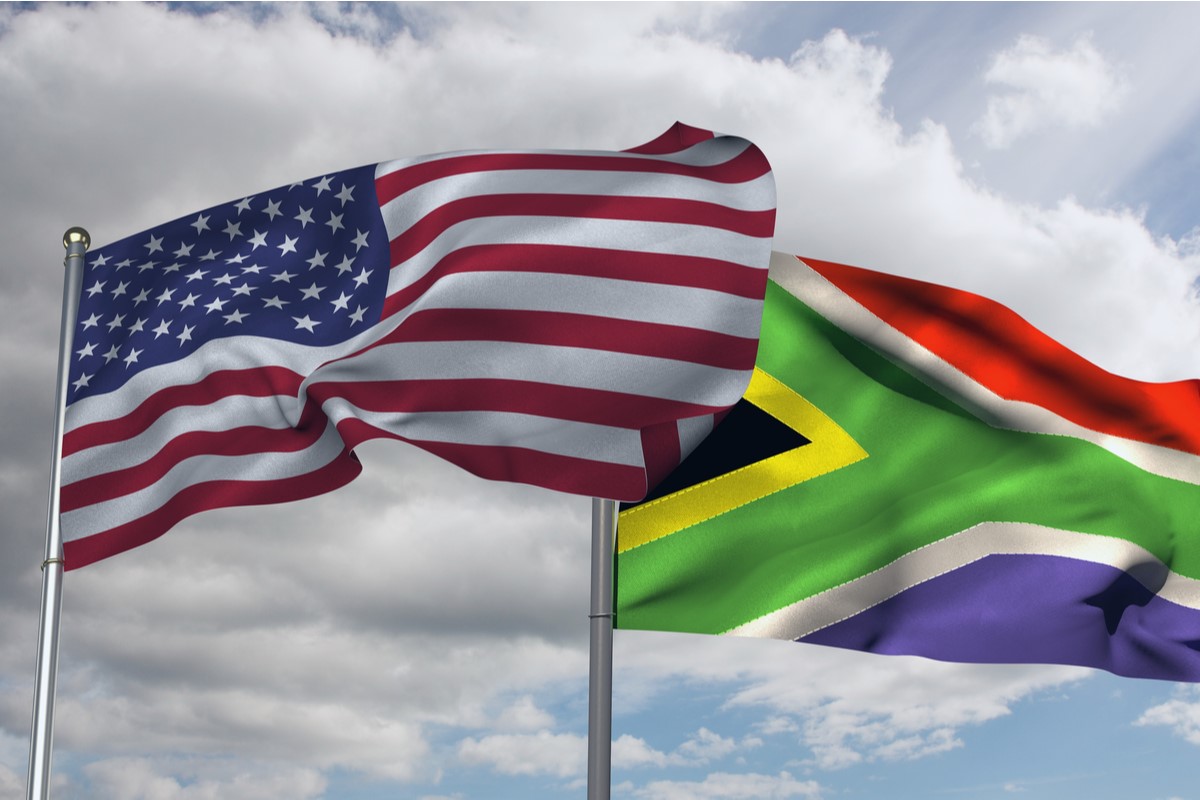
South Africa is an EB-5 market on the rise, which has had a steady growth. Developers have turned to emerging markets outside of mainland China, as they carry great potential without the complications of backlogs. South Africa is one of those attractive markets, especially due to its large—and constantly growing—HNWI population.
EB-5 visa statistics for South African nationals
The State Department’s annual reports show that South Africa is the leading country in the number of EB-5 petitioners in Africa.
According to USCIS data, only 2 visas were issued in 2008, whereas the average number of visas issued per year was 40 between 2015 and 2018. In fact, after 2016, the numbers increased by 600% in just three years. 2019 marked the highest-ever demand for the EB-5 program in the country. That year, 120 visas were issued to South African investors, making up 1% of the total number of EB-5 visas issued worldwide. These figures carried South Africa, for the first time ever, into the list of top-ten EB-5 visa-receiving countries. As for 2020, even though the EB-5 procedures inevitably suffered from the effects of the pandemic, South Africa maintained its leading position in the continent in terms of the total number of EB-5 visas issued.

Why is EB-5 popular in South Africa?
The majority of South African petitioners seem to invest in a future in the U.S. with their children’s education in mind. Industry experts observe that in the past, the UK had typically been a popular destination for South African immigrants, but the advantages of the EB-5 program (e.g. more annual visas available, lower minimum investment requirements, sooner acquisition of residency status) may have led to a shift in these preferences.
The sudden climb in the program’s popularity in FY2019 might have occurred due to the modernization regulation—proposed in 2017 and implemented in 2019—which increased the minimum investment amounts. It also arguably coincided with uncertain times in South Africa’s socio-economic state, prompting South African nationals to seek opportunities abroad.
For most South African investors, the regional center program makes up the overwhelming majority of all investments.
Are there any special benefits or challenges for South African applicants?
The approval rate for South African petitioners was approximately 92% in 2019, which indicates that the program offers a promising immigration opportunity to South African nationals.
While there are no country-specific challenges awaiting these applicants on the EB-5 investor program’s part, the same does not necessarily apply to local governing bodies. South African Revenue Services (SARS) and South African Reserve Bank (SARB) have certain regulations in place that restrict the amount of local currency that can be taken out of South Africa.
Source of funds issues for South African nationals
Ranking high on the list of the EB-5 investment challenges for South African petitioners are the currency and exchange control implications. Due to the limits implemented by The South African Reserve Bank (SARB), a South African citizen or taxpayer cannot take more than one million Rand out of the country without having to apply for a clearance. The allowance can go up to R10 million with special permission, which then leads to close scrutiny. After the 2019 regulations, the increased minimum investment requirements made it even harder for investors to externalize their capital without drawing SARB’s attention and being subject to invasive review.
On the other hand, the limits are valid on a per-passport-holder basis, which means there are some feasible ways of taking out the Rand equivalent of $500,000—like a spousal donation.
That said, an investor’s best bet when it comes to dealing with source of fund (and path of fund) issues are doing due diligence, paying close attention to taxes, and preferably working with local companies that specialize in this field. While moving money out of South Africa, it is always a good idea to collaborate with expert agents who understand the specific procedures required for a successful EB-5 investment, as well as the functioning of the local system.
What is the current retrogression situation?
Currently, there is no retrogression that is affecting South African petitioners. The average adjudication times are reported to range between 8 and 24 months, but the processing times can differ depending on the nature of each individual project. Experts recommend that the South African nationals that are planning to immigrate to the U.S. through the EB-5 program start planning their investment and doing due diligence about 3 years ahead of their desired time of relocation.
Nationals of non-backlog countries such as South Africa were expected to benefit from the new visa-availability approach to processing petitions, which was implemented in November 2019. However, with the impact of the COVID-19 pandemic (especially on the Johannesburg Consulate), there haven’t been significant changes to the estimated adjudication times.
What does the future hold for South African EB-5 investors?
In spite of some global issues like the implications of the pandemic and some local challenges like the regulations of SARS and SARB, the future still looks bright for South African EB-5 investors.
According to the Migration Policy Institute, in 1990, the number of South African-born individuals living in the U.S. was 35,000. As of 2020, this number increased to approximately 81,000. Although Australia, New Zealand, and the UK used to be more popular choices for South African immigrants in the past, it looks like the United States will be granting a growing number of green cards to South African EB-5 investors in the near future.






